Most Underrated Sport F1-Kp
How Formula 1, the World’s Most Dangerous Sport, Works
Formula 1 (F1), often referred to as the pinnacle of motorsport, is a high-stakes racing series that blends cutting-edge technology, human skill, and intense competition. With cars capable of exceeding speeds of 370 km/h (230 mph), F1 has long been regarded as one of the most dangerous sports in the world. Despite advancements in safety, the risks remain high, making it a thrilling yet perilous endeavor. Here’s an in-depth look at how F1 operates, from its governing bodies to its legendary drivers and its fascinating history.
The Governing Body: FIA
The Federation Internationale de l’Automobile (FIA) is the organization that oversees F1. Established in 1904, the FIA governs the rules, regulations, and safety standards of the championship. The FIA is responsible for everything from setting technical specifications for cars to ensuring track safety. Its role extends to penalizing teams or drivers who violate the rules, which include limits on car designs, fuel usage, and driver conduct.
A key achievement of the FIA is its continuous push for safety improvements. Innovations like the Halo device—a titanium structure designed to protect drivers’ heads—have saved lives, demonstrating the FIA’s commitment to reducing the inherent dangers of F1.
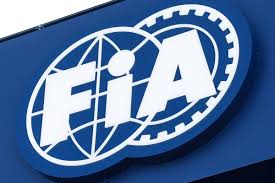
The Constructors
F1 teams, known as constructors, design and build their cars according to strict FIA regulations. The championship currently features 10 teams, each fielding two cars. Constructors like Ferrari, Mercedes, and Red Bull Racing are household names, while newer or smaller teams like Haas and Alpine bring their own unique strategies to the grid.
Constructors invest heavily in research and development, leveraging cutting-edge technologies to gain a competitive edge. Aerodynamics, engine performance, and tire management are areas of intense focus. Success in F1 is often a blend of engineering excellence and the skill of the drivers.

The F1 Drivers
F1 drivers are elite athletes who combine physical fitness, mental acuity, and exceptional reflexes. They endure intense G-forces during races, often comparable to those experienced by fighter pilots. Drivers must also manage complex car systems through steering wheel controls while making split-second decisions on the track.
Current stars like Lewis Hamilton, Max Verstappen, and Charles Leclerc showcase a mix of raw talent and tactical intelligence. These drivers train rigorously to maintain peak performance, both physically and mentally. The pressure to perform is immense, with careers often hinging on a single race or qualifying session.


The Starting Grid
The starting grid is determined by qualifying sessions held on Saturdays. These sessions are divided into three segments: Q1, Q2, and Q3. Drivers compete to set the fastest lap times, with the slowest drivers eliminated in each round. The final grid positions are determined based on lap times, with the fastest driver securing pole position.
The start of an F1 race is one of the most dangerous moments. Drivers jostle for position, often leading to collisions. The combination of close quarters, high speeds, and adrenaline creates a spectacle that leaves fans on the edge of their seats.
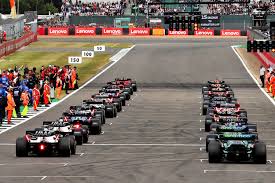
The History of F1
F1’s origins trace back to the early 20th century, but the modern championship began in 1950 with the inaugural World Drivers’ Championship. The first race was held at Silverstone, UK, and won by Giuseppe Farina driving for Alfa Romeo. Since then, F1 has grown into a global phenomenon, with races held on iconic circuits like Monza, Spa-Francorchamps, and Monaco.
The sport has undergone significant changes over the decades. Early cars lacked many of the safety features and technological advancements seen today. Legends like Juan Manuel Fangio and Stirling Moss dominated the early years, showcasing unparalleled skill in an era where fatalities were tragically common.
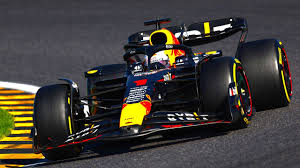
Legendary Drivers
F1’s history is replete with legendary drivers who left an indelible mark on the sport:
- Juan Manuel Fangio: A five-time World Champion in the 1950s, Fangio set the standard for excellence and precision in driving.
- Ayrton Senna: Known for his incredible skill in wet conditions, Senna was a three-time World Champion whose career was tragically cut short in 1994 at Imola.
- Michael Schumacher: A seven-time World Champion, Schumacher redefined the limits of success in F1, dominating the early 2000s with Ferrari.
- Lewis Hamilton: Tied with Schumacher for the most championships, Hamilton is a modern icon known for his consistency, speed, and advocacy for diversity in the sport.
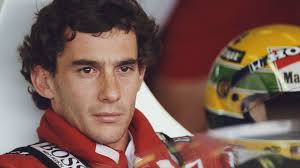
The Risks and Dangers
Despite advancements in safety, F1 remains a dangerous sport. High-speed crashes, mechanical failures, and unpredictable weather conditions pose constant threats. The deaths of drivers like Ayrton Senna and Jules Bianchi serve as stark reminders of the risks involved.
The FIA’s ongoing efforts to improve safety include:
- Mandatory crash tests for cars.
- Improved track designs with larger run-off areas.
- The introduction of the Virtual Safety Car (VSC) system to slow down cars during hazardous conditions.

The Business of F1
F1 is not just a sport but a massive business enterprise. The championship generates billions of dollars in revenue through sponsorships, broadcasting rights, and ticket sales. Major brands like Rolex, Pirelli, and DHL are closely associated with the sport, while new ventures like the Netflix series Drive to Survive have brought F1 to a broader audience.
The Future of F1
F1 is evolving to address modern challenges. The sport is moving towards sustainability, with plans to achieve net-zero carbon emissions by 2030. The introduction of synthetic fuels and hybrid engines reflects this commitment. Additionally, new races in regions like the Middle East and the United States are expanding F1’s global footprint.
Conclusion
Formula 1 is a thrilling blend of danger, innovation, and human excellence. Governed by the FIA, powered by cutting-edge constructors, and brought to life by exceptional drivers, F1 continues to captivate audiences worldwide. Its rich history, legendary figures, and relentless pursuit of progress make it a sport like no other. While the risks remain high, the allure of F1 lies in its ability to push the boundaries of what is possible, both on and off the track.











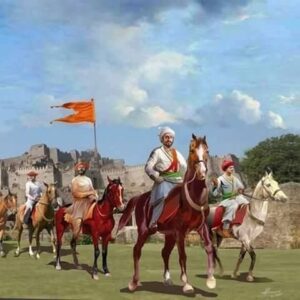

1 comment